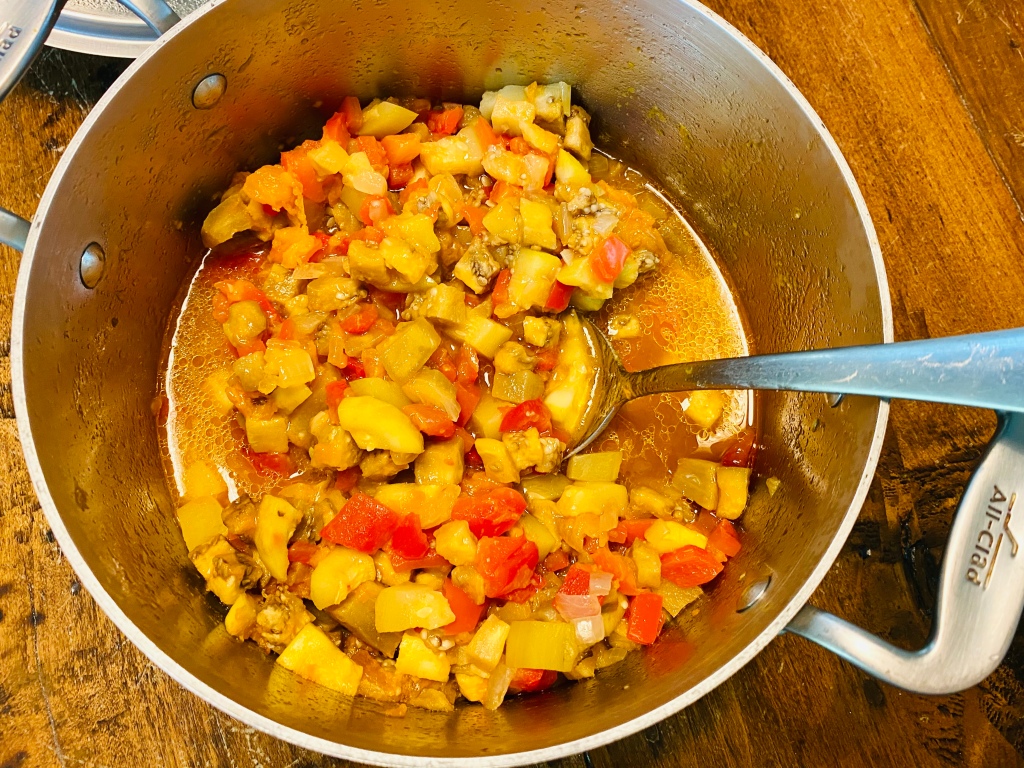
A farmhouse of white clapboard and black shutters
Had porches with scrolled rails and spindle posts
And in the shade of eaves or leaves of trees
Adirondack chairs reclined in the grass
Where we sipped hot coffee or chilled rosé
While lazy dogs lay sprawled at slippered feet
Lilacs or hyacinths scented the air
In those rooms where jam-jar vases were placed
On holidays, we roasted or braised game
With aromatic herbs and vegetables
We gathered around the long farm table
Set with chipped china and well-worn linens
Fireplaces played as stage sets for portraits
The mantels displayed tarnished silver frames
The knotty pine floors were mostly concealed
With threadbare, flat-weave, Persian kilim rugs
Upholstered furniture wore slipcovers
To guard against dog hair and muddy paws
A battered Louis Vuitton trunk rested
Next to a down comforter–topped mattress
On which English literature was stacked
Including Ms. Woolf’s A Room of One’s Own














